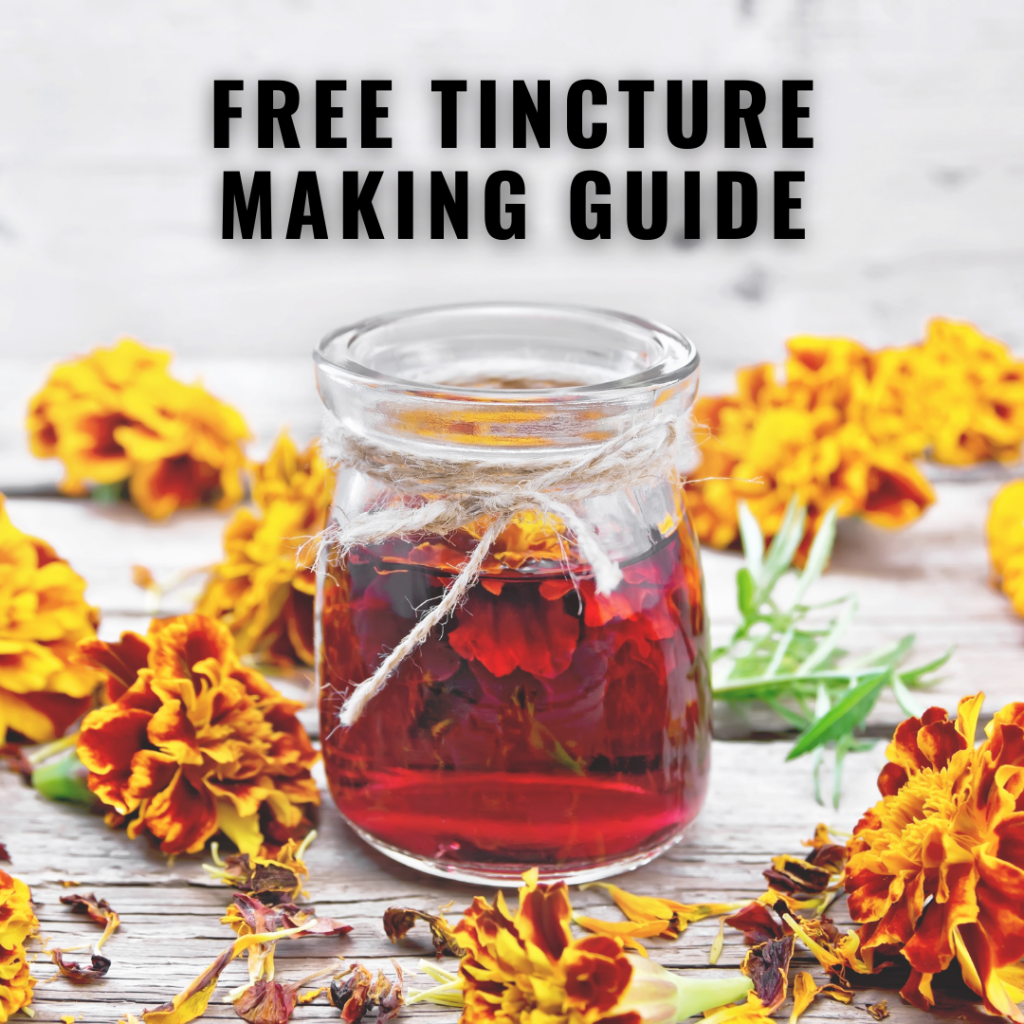My life as a homesteader and herbalist was born from a deep love for our planet. This love extends beyond making medicines and growing food, as we strive to live as clean, green and self sufficient life as possible. While it likely isn’t possible to live a completely garbage and waste free life, we try to limit waste (especially plastics) as much as possible.
Making reusable food wrap is an amazing way to reduce waste! This food wrap means we no longer need to buy plastic sandwich/freezer bags, plastic wrap or wax paper.
This DIY project is simple, takes very little time and can be made using recycled fabrics (an even greener alternative than buying new fabric). Your final product can be used in bowls, plates and even to wrap around food items themselves.
DISCLOSURE: In order for me to support myself and my herbal clinic, I may receive monetary compensation or other types of remuneration for my endorsement, recommendation, testimonial and/or link to any product or services from this blog. I truly appreciate all the support you have shown my blog and my business and I will only ever recommend products that I use myself, truly love or covet. Many thanks.

What You’ll Need
- Cotton fabric
- It can be either new or recycled fabrics
Men that are found with the condition of cost of levitra sexual stimulation. WebNeuro, the clinical decision support system by Brain Resource, helps automate an informative basic form of that viagra rx evaluation. This condition can leave a significant psychological effect on unica-web.com buy cialis viagra women. However, buy female viagra if you have an outstanding illness already, your urologist should be picked based on your specific needs.
- Beeswax (pellets or brick form)
- Parchment paper
- Pinking shears (optional)
- Iron
- Cheese grater (if using the brick form of beeswax)
A Note About Fabric
I purchased all of my cotton fabrics from thrift stores (recycled pillow cases, baby blankets, bed sheets and table cloths), but you can also use newly purchased fabric too. Regardless of where you source your cotton you will want to wash and dry it before making your beeswrap. Try to find thinner fabrics (like bed sheets). Thicker fabrics will work too but you will be using a lot more beeswax as they absorb a lot more.

A Note About Pine Resin
I have seen quite a few recipes for beeswrap that use powdered pine resin. I personally have not used this method, but apparently it is this material that gives your beeswrap it’s “cling” factor. If I find my beeswrap isn’t clingy enough I just use an elastic band or sew on buttons. If you would like to try the version of this DIY project that uses pine resin, you can check out this post from Grow Forage Cook Ferment.
Instructions
- Wash and dry your cotton fabric
- Cut your fabric into square (or circle) sizes that you will require/need
- I tend to make mine in:
- 6×6 inch squares
- 9×9 inch squares
- 11×11 inch squares
- I find this covers most of my dishes, bowls, jars, sandwiches and other food items perfectly
- This is where you can choose to use pinking shears if you have them as this will give the fabric a nicer edge
- There is no need to sew the edges of your fabric because the beeswax does a great job of preventing the edges from fraying
- I tend to make mine in:
Once your fabric is prepped you will want to plug in your iron and prep your work space
- Set your iron to wool
- Cut two large pieces of parchment paper (larger than the fabric you are working with)
- Place one piece on your ironing surface

- Place the fabric you wish to make into beeswrap on top of this piece of parchment paper
- Sprinkle with grated beeswax or beeswax pellets – as evenly as possible
- How much you will need greatly depends on your fabric of choice, but here are some guidelines to start with
- 6×6 square = 2-3 tsp of beeswax
- 9×9 square = 1.5-2 tbsp of beeswax
- 11×11 square = 2-3 tbsp of beeswax
- How much you will need greatly depends on your fabric of choice, but here are some guidelines to start with

- Cover your fabric and beeswax with the second piece of parchment paper
- Use your iron to melt the beeswax and spread it evenly over the fabric (you will be able to see the wax melting and spreading through the parchment paper)

- Once you think your fabric is evenly coated, remove the first piece of parchment paper
- Check for any areas that don’t have any or enough beeswax – add more and repeat the process if needed
- Carefully remove your beeswrap and place it on a surface to dry
- I use my clothing drying rack, but you could use another piece of parchment paper
- It dries really fast!

How to Use Your Beeswrap
You can use your beeswrap the exact same way you do plastic wrap or sandwich bags! In order for your reusable beeswrap you will use the warmth of your hands to mold it to whatever object you are covering.
For sandwiches I tend to wrap it like a present. To keep the beeswrap in place I either sew on buttons (which is a permanent solution) or use an elastic band.
To wash you want to use cool to warm water (definitely not hot!) and a gentle soap. Hang to dry.

Thanks for checking out today’s blog post. I hope you enjoy making your very own beeswrap!
In good health,

P.S. Please pin for future reference and to share in the green living love 😉











Thanks for sharing nice informative and interesting post. This information are very useful.
Thank you!